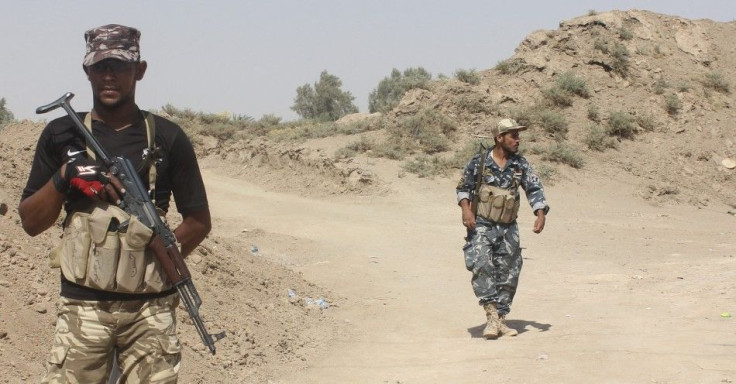Islamic State: Plunder of Syria & Iraq Historical Artifacts Funds IS’s Jihad

Besides kidnapping westerners and asking enormous ransom amounts for their release, the Islamic State is funding its jihad by plundering historical artifacts in Syria and Iraq.
Turkey serves as the transport hub for the sale of the stolen historical items and delivery to different buyers across the world, reports al-monitor.com.
The IS pillage victimises not only Christian churches but even Shiite tombs and mosque that are bombed and destroyed, in the process burning permanent cultural heritage sites while selling the movable items to traffickers from the west.
To search for important objects to sell does not end with what is readily available but includes excavations in regions it controls to find more objects of value the extremist militant organization could lay its hands on.
In places that the IS has control, besides supervising the excavation, it then even collects a 20 per cent plunder tax from the traffickers. With this system in place, the IS managed to collect $36 million from relics of the past, some of which are about 8,000 years old items dug from the al-Nabuk area, according to the Guardian.
In August, the Iraqi Tourism Ministry estimated the IS had damaged or pilfered from 4,500 historical monuments. The ministry called on UNESCO and local Iraqi tribes to protect the cities of Ashur, Hadar and Nemrud from the thieves of history.
Meanwhile, about 90 per cent of Syria's historical heritage, including six World Heritage sites, are very near the present war zone and increasing the risk of more pillage. Given the worsening situation, the International Council of Museums made an emergency report listing the Syrian cultural objects at risk and asking museums, collectors and auction houses in different parts of the world not to buy or sell those items on the list.
A sample of the extent of the damage caused by the IS could be seen in the July edition of National Geographic which featured the old Syrian city of Apamea in its miserable situation. The Trafficking Culture Web site likewise has more images of the destruction.
The money raised from the wanton thievery and destruction of heritage sites has made IS one of the wealthiest terror groups in the world, with the antiquity traffic under its rule estimated at $1 billion, almost half the annual turnover value of the $2.2 billion war antiquities illicit global market.
The report identified the Turkish city of Tell Abiab as the hub for illegal artifact sale.
One major reason behind the lucrative historical artifact trade is that they deal with individuals who are willing to part with their wealth to add items to their collection. In contrast, kidnapping foreigners and seeking a ransom for their freedom requires dealing with foreign governments, including Britain and the US, which have zero tolerance policy for kidnap-for-ransom criminals.
The intransigence of the major global western powers is the reason why James Foley and Steven Sotloff were beheaded, and why the head of a Briton is on the chopping block.
Read: Islamic State: Mother of 2nd Beheading Victim Steven Sotloff Appealed To IS Last Week
Defending the US policy in 2012 at the Chatham House, US Undersecretary for Terrorism and Financial Intelligence at the Treasury Department David Cohen, explained, "Ransom payments lead to future kidnappings, and future kidnappings lead to additional ransom payments. And it all builds the capacity of terrorist organisations to conduct attacks."
YouTube/greatonlinenews





















